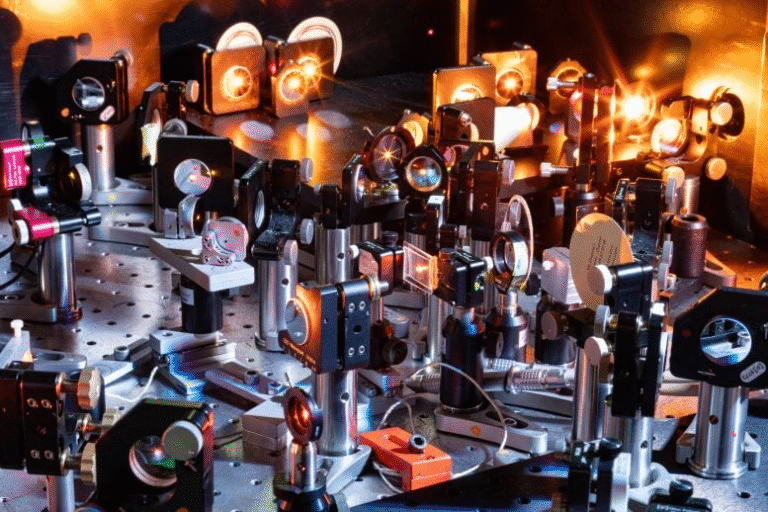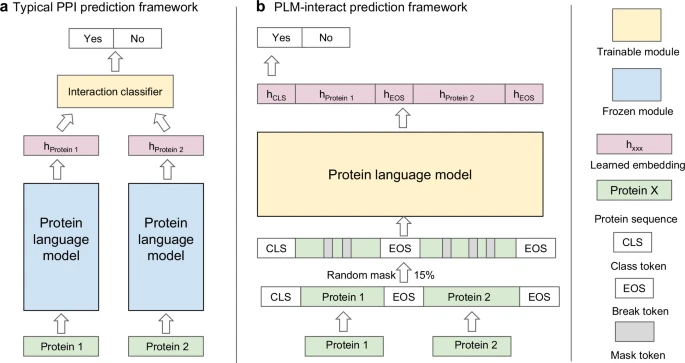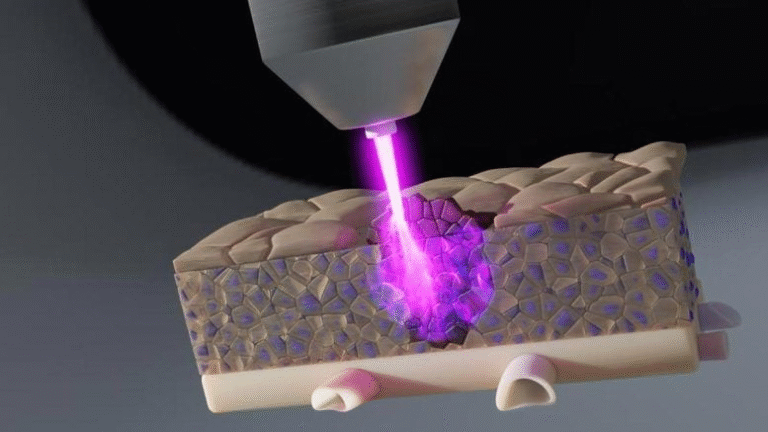Webb Telescope Unveils Sparkling Crystals and Life’s Ingredients in the Butterfly Nebula
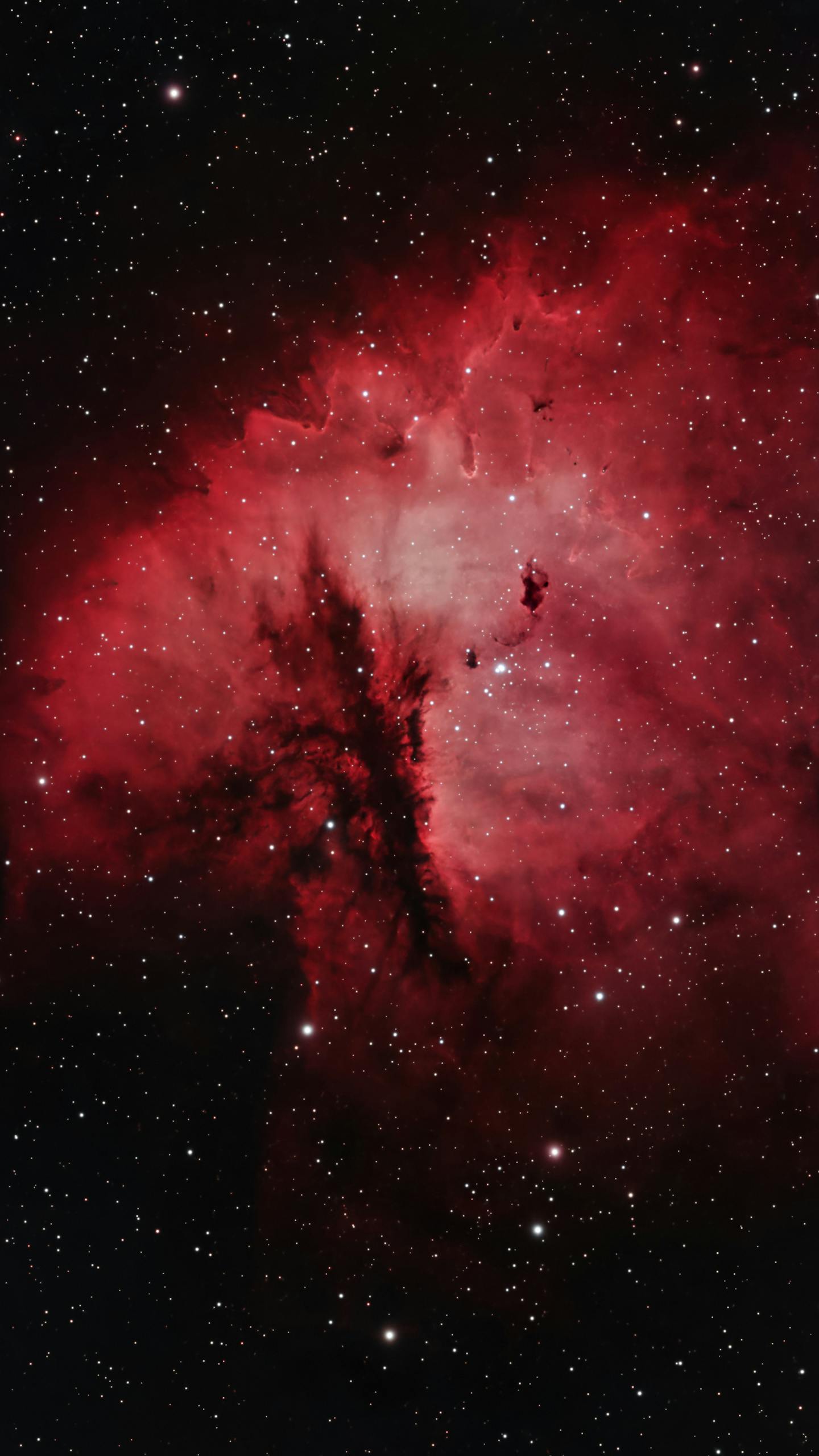
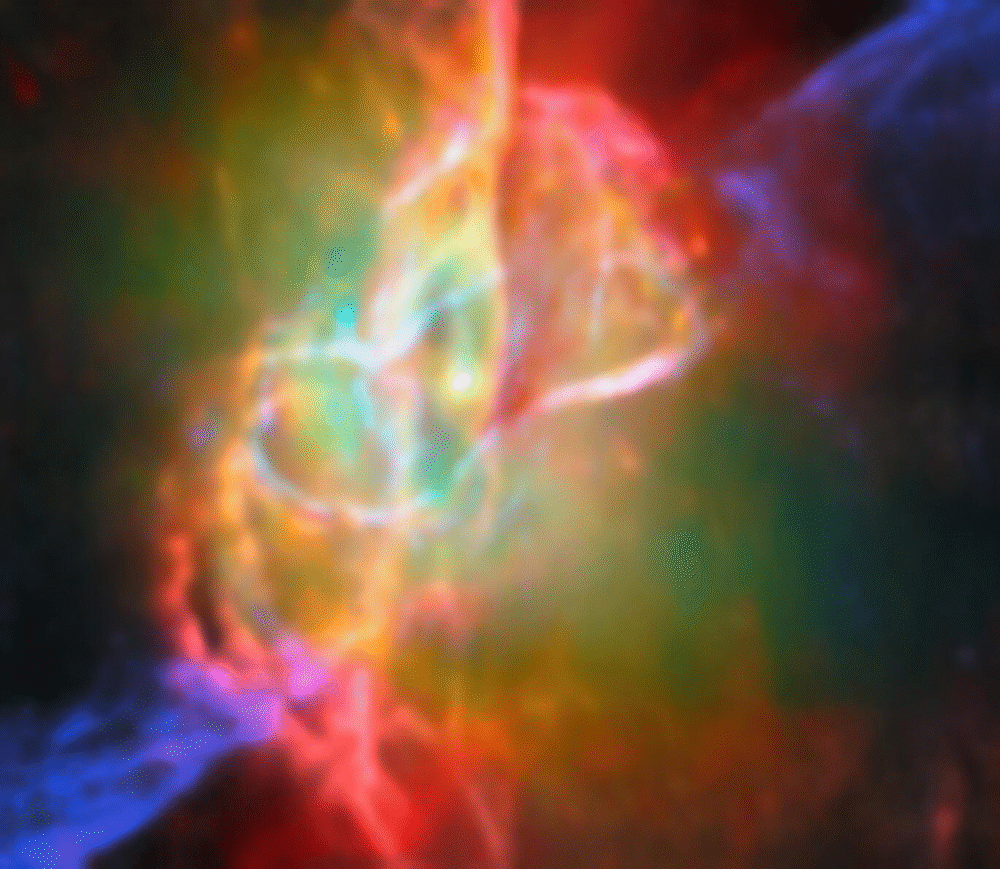
Credit: ESA/Webb, NASA & CSA, M. Matsuura, ALMA (ESO/NAOJ/NRAO), N. Hirano, M. Zamani (ESA/Webb)
What if the origins of planets like Earth could be traced back to glittering crystals hidden in the wings of a cosmic butterfly?
Thanks to the James Webb Space Telescope, scientists now have their clearest view yet of the Butterfly Nebula (NGC 6302)—and what they’ve uncovered is both dazzling and deeply revealing.
A Cosmic Treasure Chest
The Butterfly Nebula, about 3,400 light-years away in the constellation Scorpius, is no ordinary patch of space dust.
When Webb zoomed in with its Mid-Infrared Instrument (MIRI), it captured shimmering gem-like silicates alongside more chaotic, smoky dust grains. Think of it as finding both sparkling jewels and gritty soot in the same treasure chest.
What makes this discovery so exciting is that these grains are the raw materials of rocky planets—the same kind of stuff that once clumped together to form Earth. Dr. Mikako Matsuura of Cardiff University explained that scientists had long debated how cosmic dust takes shape.
Now, Webb has revealed both calm, crystal-forming regions and turbulent, fiery zones—two very different environments that work together to create the ingredients of worlds.
The Star at the Heart of the Butterfly
At the center of this nebula lies a hidden powerhouse: a star so hot that its temperature reaches an astonishing 220,000 Kelvin. This makes it one of the hottest known stars at the heart of any planetary nebula in our galaxy.
But here’s the twist—the star doesn’t shine freely. It’s wrapped in a dense doughnut-shaped torus of dust, almost like a cosmic scarf. This dusty band not only hides the star from direct view but also shapes the entire nebula, sculpting its butterfly-like wings.
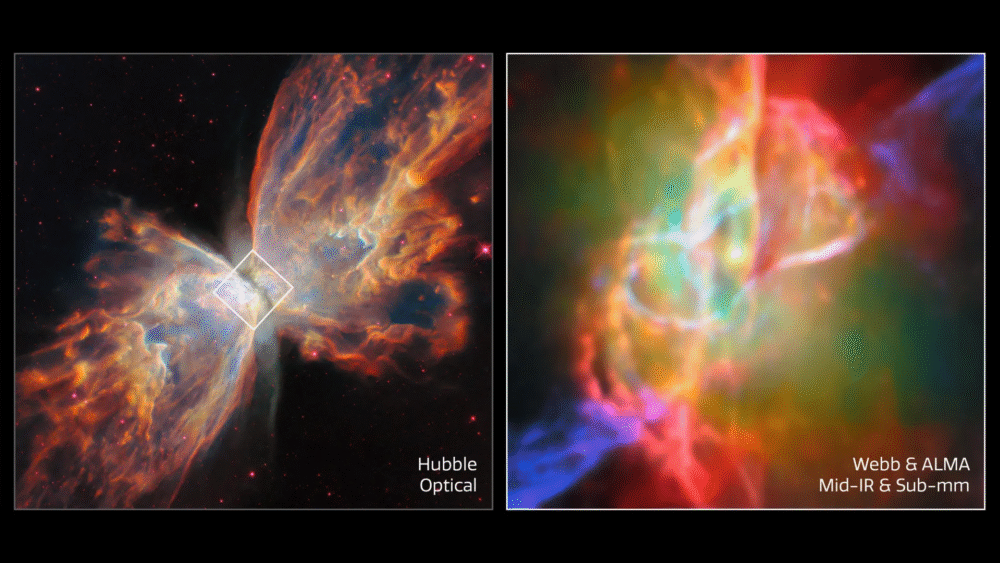
Credit: ESA/Webb, NASA & CSA, M. Matsuura, J. Kastner, K. Noll, ALMA (ESO/NAOJ/NRAO), N. Hirano, J. Kastner, M. Zamani (ESA/Webb)
Webb’s data showed that this torus contains quartz-like crystals as well as irregular dust grains, both of which have been growing for an impressively long time.
Jets, Metals, and Surprising Molecules
If you zoom outward from the dusty core, the Butterfly Nebula becomes even more fascinating. Streams of gas and metals like iron and nickel shoot off in opposite directions like twin cosmic flamethrowers. Meanwhile, the nebula’s layered chemistry organizes itself by energy level—the hottest and most energetic atoms stay closer to the center, while cooler ones drift outward.
Perhaps the most surprising find? Polycyclic aromatic hydrocarbons (PAHs)—carbon-based molecules usually associated with life on Earth. You’ve encountered PAHs before in campfire smoke, car exhaust, or even burnt toast. Seeing them here, in the middle of a nebula rich in oxygen, was unexpected. It’s the first evidence that PAHs can form in such an environment, opening a new chapter in our understanding of how the ingredients for life might emerge in space.
A Butterfly with a Hidden Core
The Butterfly Nebula’s wings—those vast, glowing lobes of gas—are the result of a dying star shedding its outer layers. Despite the name, planetary nebulae have nothing to do with planets. The term stuck centuries ago because their round shapes reminded early astronomers of distant worlds.
But the Butterfly is anything but round. It’s a bipolar nebula, its wings spreading dramatically in opposite directions. The dark torus at its center acts like the butterfly’s body, blocking and redirecting gas flows to give it its signature insect-like form. Thanks to Webb, scientists finally pinpointed the nebula’s hidden star, glowing brightly in mid-infrared light after being cloaked for centuries by dust.
Why This Matters
This discovery isn’t just about pretty pictures—it’s about cosmic origins. The Butterfly Nebula offers a front-row seat to the very processes that seed planets and potentially life itself. Nearly 200 different chemical fingerprints were identified in Webb’s observations, each telling a piece of the story of how stars die and recycle their materials back into the universe.
In other words, the glittering dust in this nebula may one day find itself in new stars, new planets, and maybe even new forms of life.
The Butterfly Nebula reminds us that endings in space often look like beginnings. Out of fiery dust and sparkling crystals, the universe is busy crafting its next generation of worlds—and Webb is giving us the chance to witness it.
Source: “The JWST/MIRI view of the planetary nebula NGC 6302 – I. A UV-irradiated torus and a hot bubble triggering PAH formation”
DOI: 10.1093/mnras/staf1194
